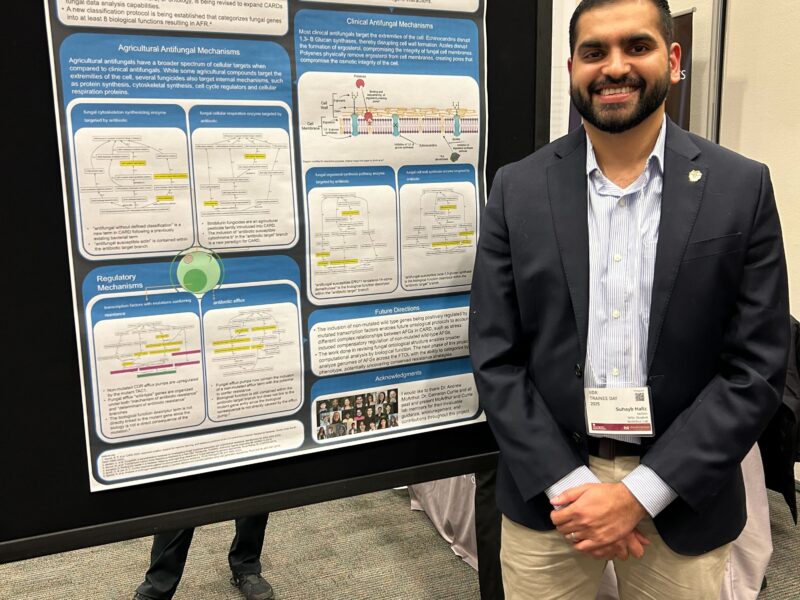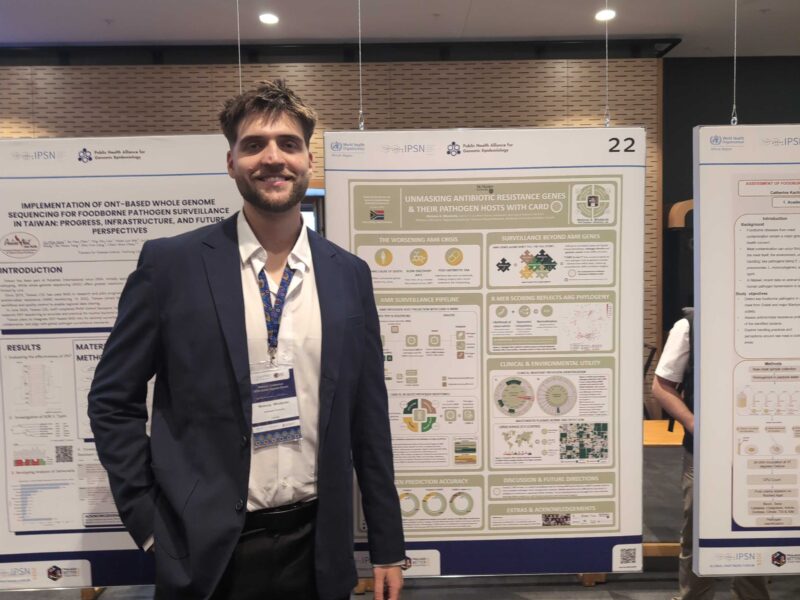 Karchner, S.I., D.G. Franks, A.R. Timme-Laragy, A.G. McArthur, & M.E. Hahn. 2013. Chemical-specific oxidative stress response in zebrafish embryos. Presentation at the Pollutant Responses in Marine Organisms (PRIMO 17) Meeting, Faro, Portugal.
Karchner, S.I., D.G. Franks, A.R. Timme-Laragy, A.G. McArthur, & M.E. Hahn. 2013. Chemical-specific oxidative stress response in zebrafish embryos. Presentation at the Pollutant Responses in Marine Organisms (PRIMO 17) Meeting, Faro, Portugal.
Exposure to natural and anthropogenic stressors often leads to oxidative stress—a disruption in the regulation of intracellular redox conditions. Animals have evolved protective responses to mitigate damage caused by oxidative stress. However, the mechanisms by which the oxidative stress response is regulated during development are poorly understood. Oxidants, electrophiles, and some phenolic anti-oxidants initiate this response by activating NF-E2-related factor 2 (NRF2) and related cap’n’collar (CNC)- basic-leucine zipper (bZIP) family proteins, which bind to the anti-oxidant response element (ARE) and activate transcription of genes such as glutathione S-transferases (GST), NAD(P)H-quinone oxidoreductase (NQO1), glutamate-cysteine ligase (GCL), and superoxide dismutase (SOD). In order to determine the genes that are induced or repressed in response to oxidative stress during development, and whether there is a “core” set of oxidant responsive genes that is induced by structurally distinct activators of NRF2, zebrafish (Danio rerio) larvae (96 hours post-fertilization) were exposed to model oxidants (tert-butylhydroquinone (tBHQ), tert-butylhydroperoxide (tBOOH), diquat (DQ) or sulforaphane (SFN)) and gene expression was measured 6 hr later by microarray and Q-RT-PCR. There was a robust response to oxidative stress by all chemicals, with a total of 1281 probes significantly altered in expression. The compounds caused overlapping but distinct patterns of altered gene expression. A core set of genes responded to all oxidants. However, other genes exhibited oxidant-specific changes in expression. Principal components analysis revealed that the changes in gene expression caused by SFN, a sulfhydryl-reactive agent, were distinct from those produced by the other oxidants. The results demonstrate that the oxidative stress response in developing animals is dependent upon the nature of the oxidative stress.

